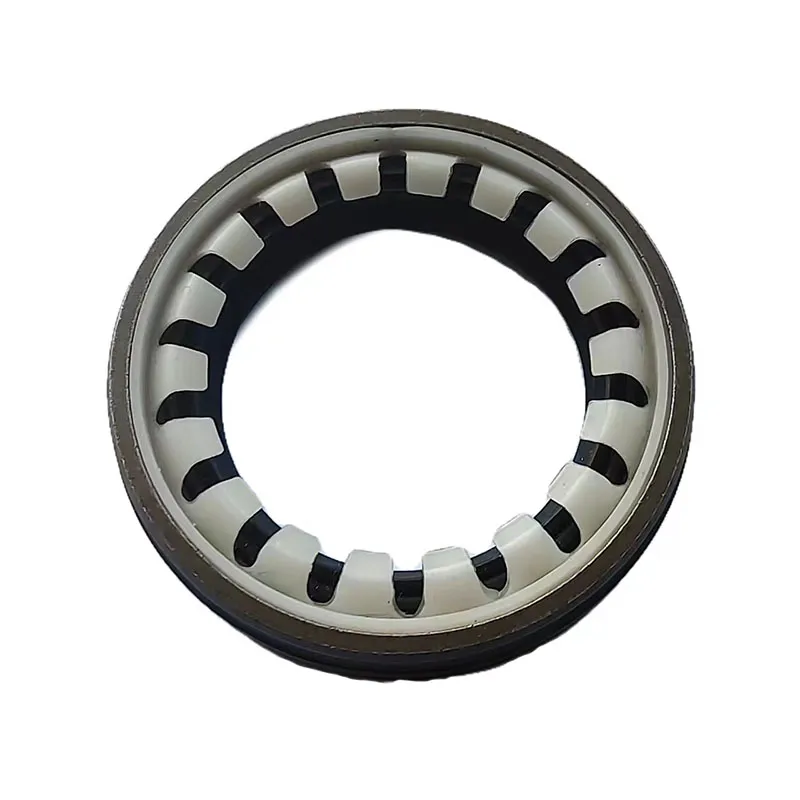transmission rear output shaft seal
Understanding the Transmission Rear Output Shaft Seal Importance and Maintenance
The transmission rear output shaft seal is a critical component in any vehicle's drivetrain system. It plays a vital role in ensuring the proper functioning of the transmission by sealing the area between the transmission and the driveshaft. This article will delve into the importance of the transmission rear output shaft seal, the common problems associated with it, and how to properly maintain and replace it.
What Is the Transmission Rear Output Shaft Seal?
The rear output shaft seal is a rubber or synthetic seal that is located at the rear end of the transmission. Its primary function is to prevent the transmission fluid from leaking out of the transmission casing. It seals the interface between the output shaft of the transmission and the driveshaft, ensuring that the transmission operates efficiently without losing fluid.
Importance of the Rear Output Shaft Seal
1. Fluid Retention The transmission operates using hydraulic fluid, which is crucial for lubricating the moving parts and maintaining the hydraulic pressure necessary for gear shifts. If the rear output shaft seal fails, it can lead to significant fluid leakage, resulting in low fluid levels. Low transmission fluid can severely damage the transmission, leading to costly repairs.
2. Preventing Contamination The seal also prevents dirt, dust, and debris from entering the transmission system. Contaminated transmission fluid can cause wear and tear on the internal components, leading to premature failure.
3. Maintaining Performance A properly functioning rear output shaft seal ensures smooth operation of the transmission, leading to better performance and a more comfortable driving experience. Any issues with the seal can result in erratic shifting or increased noise and vibration.
Common Problems Associated with Rear Output Shaft Seal
Despite its importance, the rear output shaft seal can wear out over time. Here are some common issues that may arise
transmission rear output shaft seal

1. Leakage One of the most obvious signs of a faulty rear output shaft seal is fluid leakage. Gear oil or transmission fluid may pool under the vehicle, indicating a potential issue.
2. Vibration If the seal is damaged, it may cause vibrations during driving. This can be a result of improper alignment due to a failing seal.
3. Slipping Gears A low fluid level resulting from a leaking seal can lead to slipping gears, which is not only dangerous but can also lead to extensive damage to the transmission.
Maintenance and Replacement of the Rear Output Shaft Seal
1. Regular Inspection Regularly inspecting your vehicle’s transmission system is crucial. Check for any signs of leakage or fluid levels. Many manufacturers recommend inspecting the transmission fluid level every oil change.
2. Fluid Changes Maintaining clean transmission fluid is essential. Most manufacturers suggest changing transmission fluid every 30,000 to 60,000 miles, but this can vary based on driving conditions and vehicle usage.
3. Replacement Process If you find that the rear output shaft seal is damaged, replacing it is essential to avoid further damage to the vehicle. Here are the basic steps for replacement - Lift the Vehicle Safely lift the car and secure it on jack stands. - Remove the Drive Shaft Disconnect the driveshaft from the rear of the transmission. - Pry Out the Old Seal Use a seal puller or a flat tool to carefully remove the old seal without damaging the surrounding area. - Install the New Seal Apply a thin layer of transmission fluid to the new seal and carefully press it into place, ensuring it's seated evenly. - Reattach the Drive Shaft Once the new seal is in place, reattach the driveshaft and lower the vehicle.
4. Professional Help If you're not comfortable performing these tasks, it's advisable to seek help from a professional mechanic. They can ensure that the job is done correctly and that any underlying issues are addressed.
Conclusion
The transmission rear output shaft seal is a small yet essential component of a vehicle’s drivetrain. Regular inspection, maintenance, and timely replacement can prevent significant issues from arising, maintaining the performance and longevity of the transmission. By understanding the importance of this component, vehicle owners can take proactive measures to ensure their transmission operates smoothly, enhancing the overall driving experience.
-
The Ultimate Guide to Car Repair Kits: Tools and Essentials Every Driver Should Own
News Aug.01,2025
-
The Complete Guide to Oil Pan Gaskets: Sealing Engine Leaks the Right Way
News Aug.01,2025
-
Preventing Oil Leaks: A Complete Guide to Oil Pan Gaskets and Drain Seals
News Aug.01,2025
-
Everything You Need to Know About Oil Pan Gaskets and Drain Plug Seals
News Aug.01,2025
-
Essential for Car Owners: How to Use a Car Repair Kit to Deal with Minor Breakdown
News Aug.01,2025
-
Comprehensive Guide to Engine Oil Sump Gaskets and Related Seals
News Aug.01,2025
-
The Ultimate Guide to Boat Propeller Bearings and Trailer Wheel Bearings
News Jul.31,2025
Products categories















